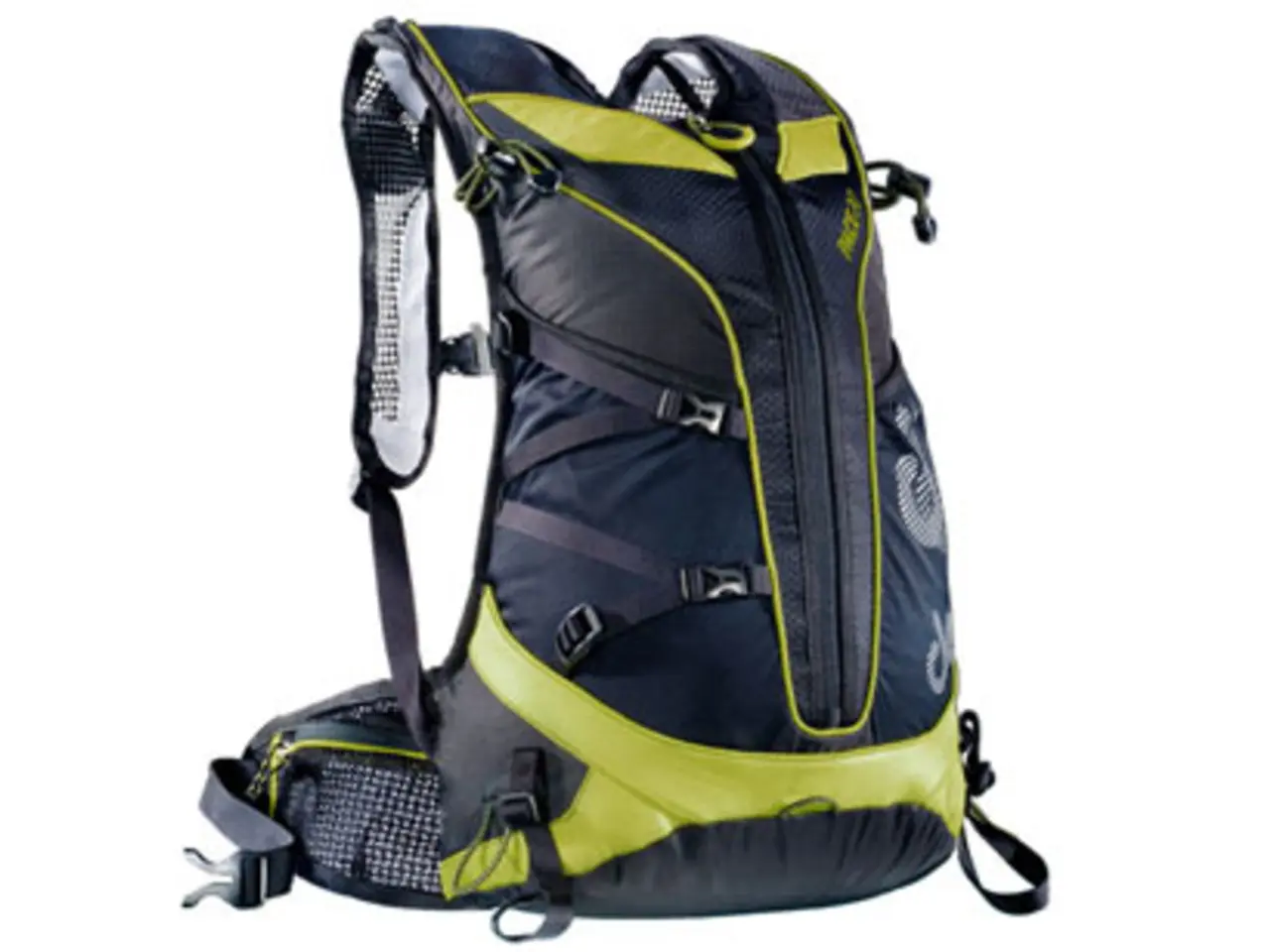Top 5 Perplexing Federal Aviation Administration Rules
In the world of aviation, understanding the Federal Aviation Regulations (FARs) can be a complex task. However, we're here to break down some key points regarding aircraft inspections and pilot requirements.
Firstly, it's important to note that aircraft rented for personal use do not require a 100-hour inspection, as stated in FAR 91.409(b). This exemption is specific and does not apply to all operations—only to rentals for personal use. Other uses like commercial operations or flight instruction still require 100-hour inspections unless otherwise qualified by FAA-approved inspection programs.
On the other hand, aircraft used for hire or flight instruction must comply with 100-hour inspection or annual inspection requirements. These inspections must follow FAA-approved procedures with required records of approval for return to service. For turbine-powered or large aircraft, inspections are governed by different FAA inspection programs.
When it comes to pilot requirements, to act as PIC (Pilot in Command), you must meet all certification and recent currency requirements for your flight. To log PIC time during flight training, you can do so with your CFII (Certified Flight Instructor, Instrument) on board, even while you're on an IFR (Instrument Flight Rules) flight plan.
To act as a safety pilot, one needs to be a private pilot with appropriate category and class ratings for the aircraft, have adequate forward and side vision, a set of dual controls, and determine that the flight can be made safely (FAR 91.109 and FAR 61.3(c)). The requirement for a valid medical to act as a safety pilot is implied through FAR 61.3(c), which states that a person may serve as a required pilot flight crewmember of an aircraft only if they hold the appropriate medical certificate.
For commercial pilots, their Class 2 medical privileges are valid for 12 months, unless they get a new Class 2 medical. For Class 3 privileges, you can continue using the same medical certificate after the expiration of your Class 2 privileges, but for the remainder of the time only.
Lastly, during a checkride, the applicant is the Pilot in Command, not the examiner (FAR 61.47). This applies whether the applicant is a student pilot taking a checkride for a private, recreational, or sport pilot certificate.
Navigating the FARs can be challenging, but with a clear understanding of key regulations, pilots and aircraft operators can ensure compliance and safety in their operations.
- In the aviation industry, aircraft rented for personal use are exempt from the 100-hour inspection as per FAR 91.409(b), but this doesn't apply to all operations, like commercial ones.
- Aircraft used for hire or flight instruction must abide by 100-hour inspection or annual inspection requirements, with inspections following FAA-approved procedures.
- To act as PIC, a pilot must meet all certification and recent currency requirements for the flight, and can log PIC time during flight training with a CFII on board during an IFR flight plan.
- To serve as a safety pilot, one must be a private pilot with appropriate category and class ratings for the aircraft, have dual controls, adequate vision, and deem the flight as safely manageable.
- Commercial pilots have Class 2 medical privileges valid for 12 months, while Class 3 privileges can continue using the same medical certificate after the expiration of Class 2 privileges for the remainder of the time.
- During a checkride, the applicant holds the PIC role, not the examiner, whether they're a student pilot taking a checkride for a private, recreational, or sport pilot certificate.
- Understanding key FAA regulations can help pilots and aircraft operators ensure compliance and safety in their operations amidst the complex nature of aviation and finance.
- Turbine-powered or large aircraft inspections are ruled by different FAA inspection programs than those for regular aircraft, as stated in FAA regulations.








